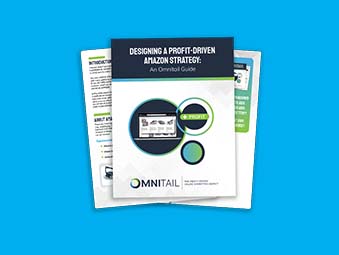Guide to Metrics: Average Order Value
AOV can help validate other metrics for more accurate analysis. Learn how we use AOV to drive profit for your client — and start tracking AOV today!

What's Inside
In This Guide, You’ll Learn…




Ready to Track Your Average Order Value?
Should You Track Average Order Value?
Are you tracking your average order value? This metric offers insights into sales, revenue, and profit metrics. Other metrics might look bad on their own could actually be positive when you account for AOV.
When looking at this metric, it’s crucial to consider context. How many orders have been placed this month? Have you had any outliers – especially large orders that might skew the overall average? Were you perhaps running promotions on low-dollar items, or offering a major coupon that could reduce the amount of revenue per sale? All of these factors can impact your view of this metric.
At Omnitail, we use AOV to help our clients maximize profit. Using this metric, we can uncover the most profitable ways to sell your products. Does bundling your products bring in a higher AOV (despite lower order number)? Or maybe your business thrives on a high volume of discount orders?
In this guide, we’ll show you how to use your average order value to fact-check trends you see within your account—and tailor your strategies to grow profit dollars for your business!






